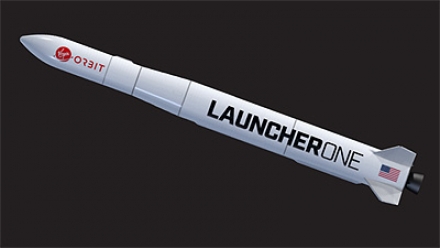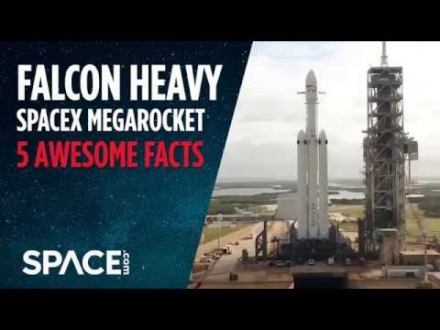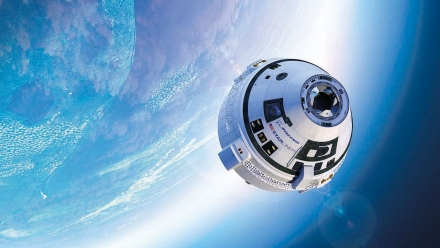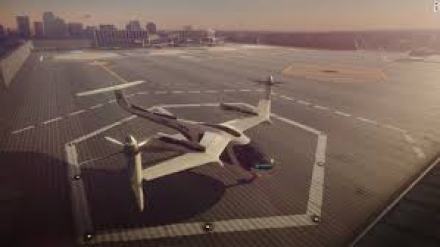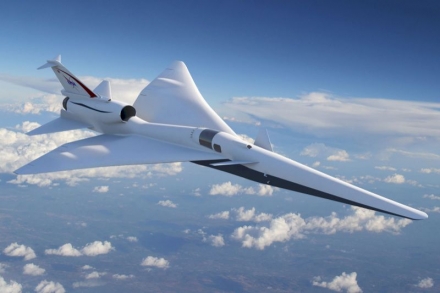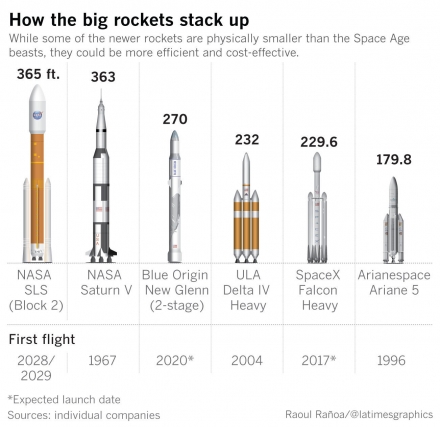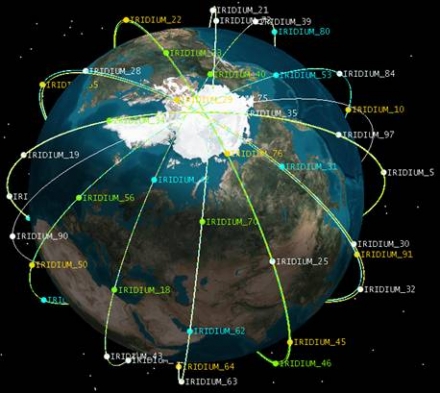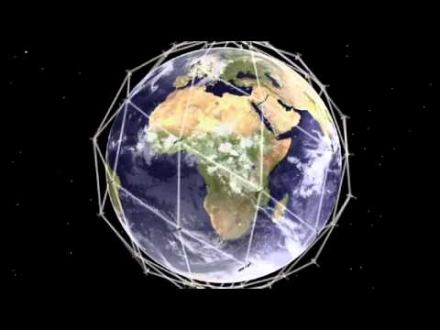All Aboard the Microlauncher!
April 16, 2018From Space Tech Expo USA:
During our research, it became apparent that the microlauncher industry excites many. This soon-to-become-operational market will open up a new avenue for bringing satellites and other small spacecraft into orbit. This market will be able to widen the launch bottleneck and provide a fast launch service to the thousands of small satellites to be launched within the next decade

